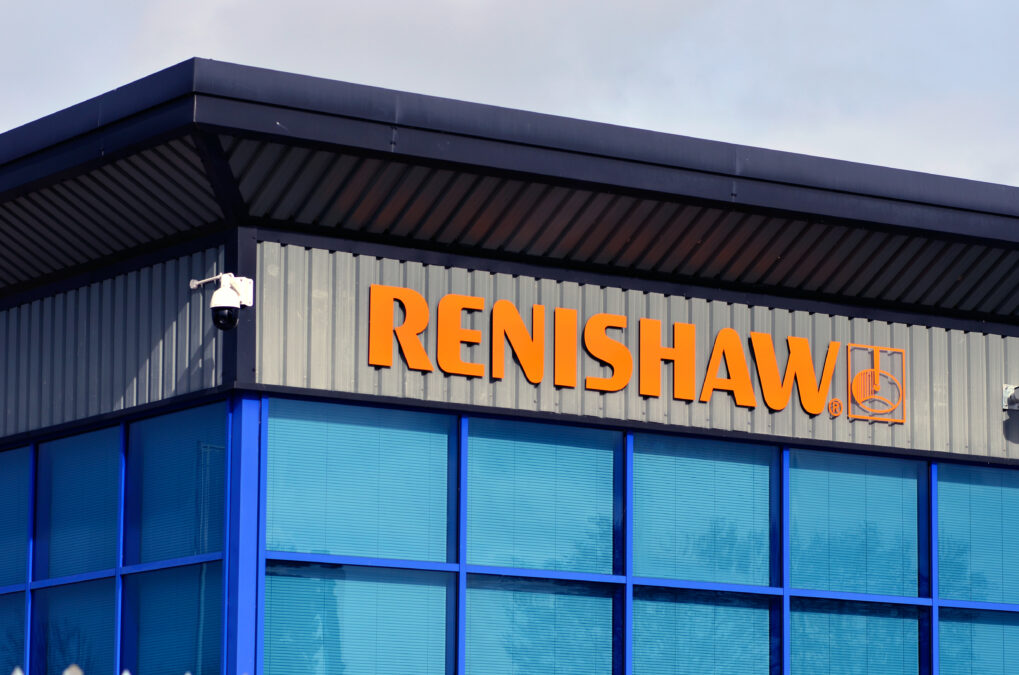The turbulence of 2020 and increased remote working has meant that many businesses across the globe have been forced to make sudden and significant investments in hardware devices to support the working needs of their staff. Hardware companies like Apple, HP and Dell have been seeing a surge in personal computing/device sales to the point of shortages in the market.
Device refresh cycles in an organisation typically occur as a one-size-fits-all approach where the company chooses a laptop model that everyone receives. And while equipping employees with the necessary hardware to do their job is important, investment in assets such as hardware is a big outlay for companies in the current financial climate. When organisations can “right size” physical and virtual device deployments based on employee requirements, they stop overprovisioning and overspending. If hardware is performing sub-optimally, then the potential of poor employee productivity and expenditure on device replacements could be costly.
To try and prevent these issues from arising, organisations are creating new labels for devices to increase awareness for consumers. Carnegie Mellon University has implemented labels for device security that are similar to the nutritional labels used on food packaging, which would allow consumers to understand the key performance and security capabilities of a piece of hardware before they buy.
Ensuring that hardware is secure and efficient is important, but if the software staff use on their devices is not working, then the health of the hardware becomes obsolete. So what does software performance management look like, and how does tie in with the trend of nutritional labels for tech?
Mobile Device Management: How to correctly manage your organisation’s devices
Measuring software performance
The good news for businesses is the trend for labelling, monitoring and analysing technology does not stop at hardware. Once a business has assessed the health of its hardware, the tools are now out there to do the same for software on an ongoing basis.
Managing the tech operation of a large enterprise is a demanding task for any IT team at the best of times, but it can be made even more challenging when contending with remote working. Research from Nexthink released in April 2020 found that just 55% of tech issues are flagged to IT, which means nearly half go unreported. Not only does this hinder the IT team’s ability to see what is causing any issues, but it means employees spend their time trying to solve their own tech problems – impacting productivity and costing companies money.
The threat of shadow IT and a DIY approach to tech management is a concern for IT teams as they look to optimise IT performance levels. That’s why gaining a holistic overview of the entire network, while having the ability to gain insight into individual devices and the operation levels of its respective software is invaluable.
The ambition to understand more about how well employees’ tech is functioning has led to the creation of tools that label different aspects of a device’s software performance. IT management solutions now exist with the capability to analyse and even score the performance of different facets, including applications, software security, web browsers and collaboration tools, in one dashboard. Grounded in hard data and combined with end-user sentiment, these labelling systems let IT teams know how well software is performing with a score out of ten, making it easier to identify where the pain points are, and how staff feel about their digital experience. From there, IT practitioners can be empowered to proactively and reactively solve software issues to help ensure tech runs smoothly.
How IT operations can be more tied to end-user experience
A strong digital experience for employees
For a long time, people have had to accept a chasm between the personalisation they get from their tech as a consumer and what they receive as a worker, but that too is changing. IT staff now have the tools available to tailor software requirements by persona, basing it on the traits of how employees use their software and the feedback they provide. This means IT teams can assess the usage of certain applications by individuals, create a relevant persona and use that to decide how they rollout future tech changes for different groups of workers so it is specific to their needs.
As remote working becomes more common, for many end-users, their device and the tools they use on it are their work. Having a poorly-functioning device has always been problematic for staff, but that is only heightened in the current climate. If employees cannot work effectively through their technology in the current climate, then in many cases they cannot work at all – and this will impact their business output and happiness in their role.
A worker’s device is only as good as the software on it. If businesses want to ensure their investment in hardware is worthwhile, they’ll need to make sure employees are as productive as possible and that their software is running smoothly. The best way to do this is to open up a dialogue between IT teams and staff on IT performance. That way, IT professionals can use this feedback as part of their diagnosis when reviewing the entire network on a single dashboard and can proactively improve performance as a result. Labelling and scoring the performance of both hardware and software will help to create a positive digital experience for employees while helping companies to be productive and cost-efficient.







